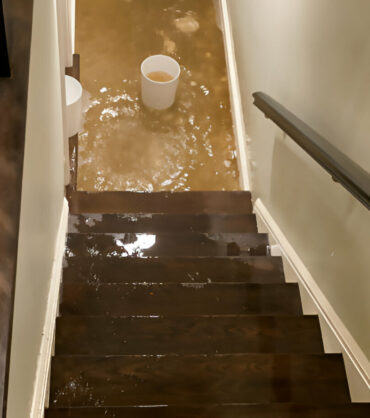Basement waterproofing is one of the most critical investments a homeowner can make to protect their property. Whether you’re dealing with minor seepage or frequent flooding, waterproofing basements ensures a dry, safe, and healthy living space while preserving the structural integrity of your home.
The choice between interior and exterior basement waterproofing often leaves homeowners confused. In this comprehensive guide, we’ll explore the advantages, disadvantages, costs, and applications of each method—so you can make the most informed decision.
Looking for basement waterproofing near me? Our local experts in Maryland, Washington DC, and Virginia are ready to help.
Understanding the Problem – Why Basements Leak
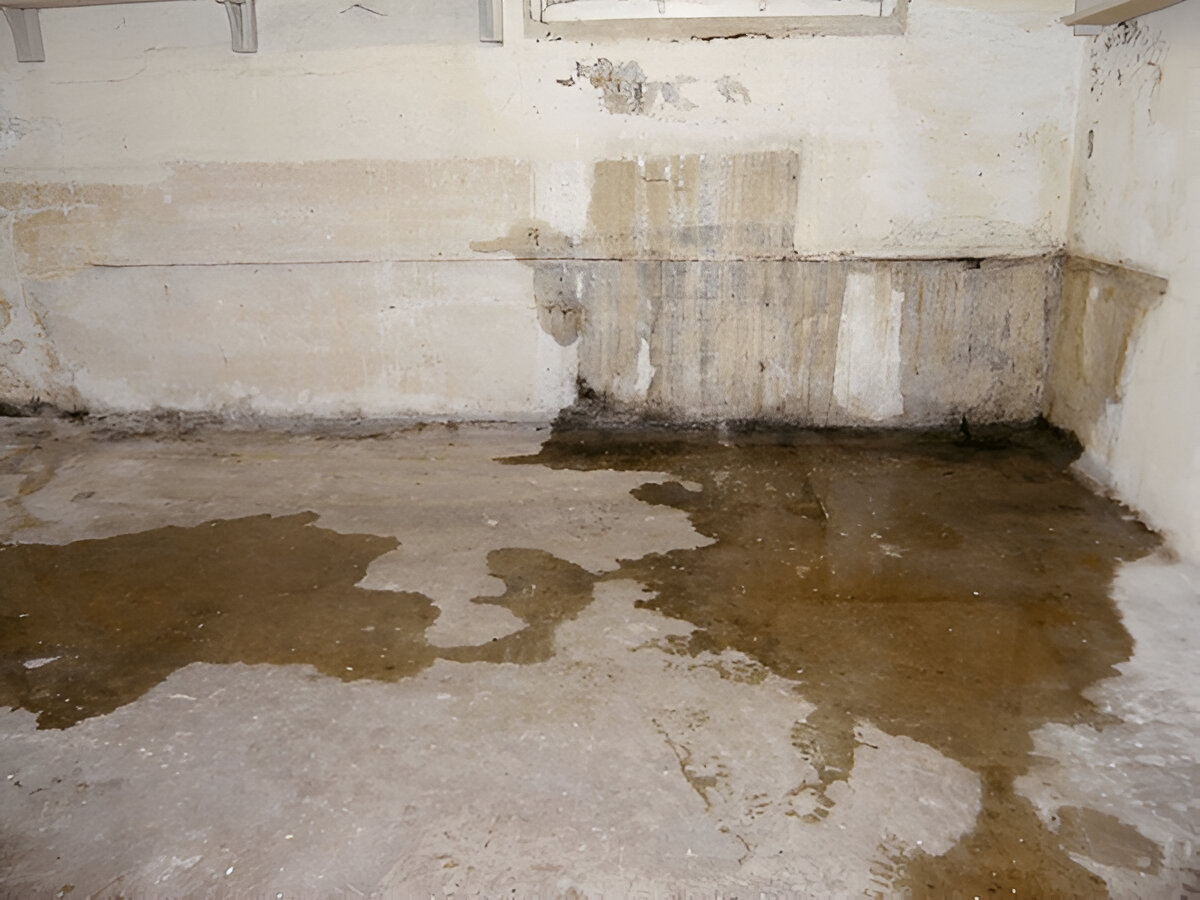
Before exploring the best waterproofing strategies, it’s essential to understand why basements leak in the first place. Basements are highly vulnerable to water intrusion due to their below-grade construction, which places them in direct contact with groundwater. Several factors contribute to this problem, and each plays a unique role in determining the most effective basement waterproofing solution.
Common Causes of Basement Water Leaks:
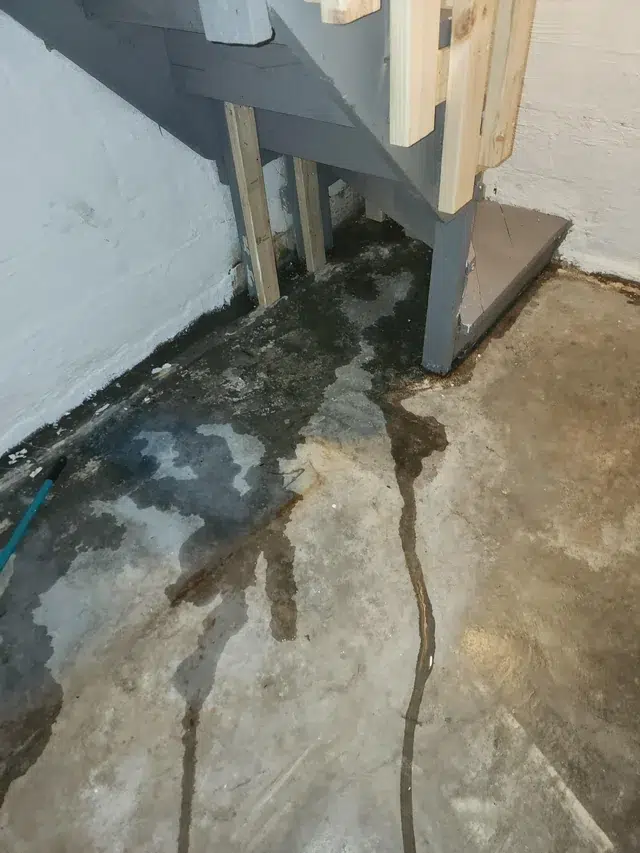
• Cracks in Foundation Walls
Over time, concrete foundation walls can develop structural cracks due to soil movement, hydrostatic pressure, or freeze-thaw cycles. These cracks act as direct pathways for water to enter your basement.
• Poor Yard Drainage
If your yard slopes toward the house or your downspouts discharge water too close to the foundation, water can pool around the base of your home, increasing the risk of seepage through walls or the basement floor.
• Hydrostatic Pressure
This occurs when groundwater builds up in the soil surrounding the foundation. The pressure pushes against the walls and floor, forcing water through any available opening, such as joints or cracks.
• High Water Table
Homes built in areas with a high natural water table are more likely to experience basement leaks, especially after heavy rainfall or during the spring thaw.
• Aging or Failing Waterproofing Membranes
Older homes often rely on outdated waterproofing systems that degrade over time. These materials lose their effectiveness, allowing moisture to seep in.
• Faulty or Non-Existent Sump Pump Systems
Without a reliable sump pump to redirect water away from your foundation, minor leaks can escalate into flooding during storms or periods of high groundwater levels.
Basement moisture, even in small amounts, can create serious consequences including mold and mildew growth, poor indoor air quality, ruined personal belongings, and long-term structural damage.
For a deeper dive into specific problems and how to address them, read our detailed post on the Common Causes of Basement Flooding and How to Prevent Them.
What Is Interior Basement Waterproofing?
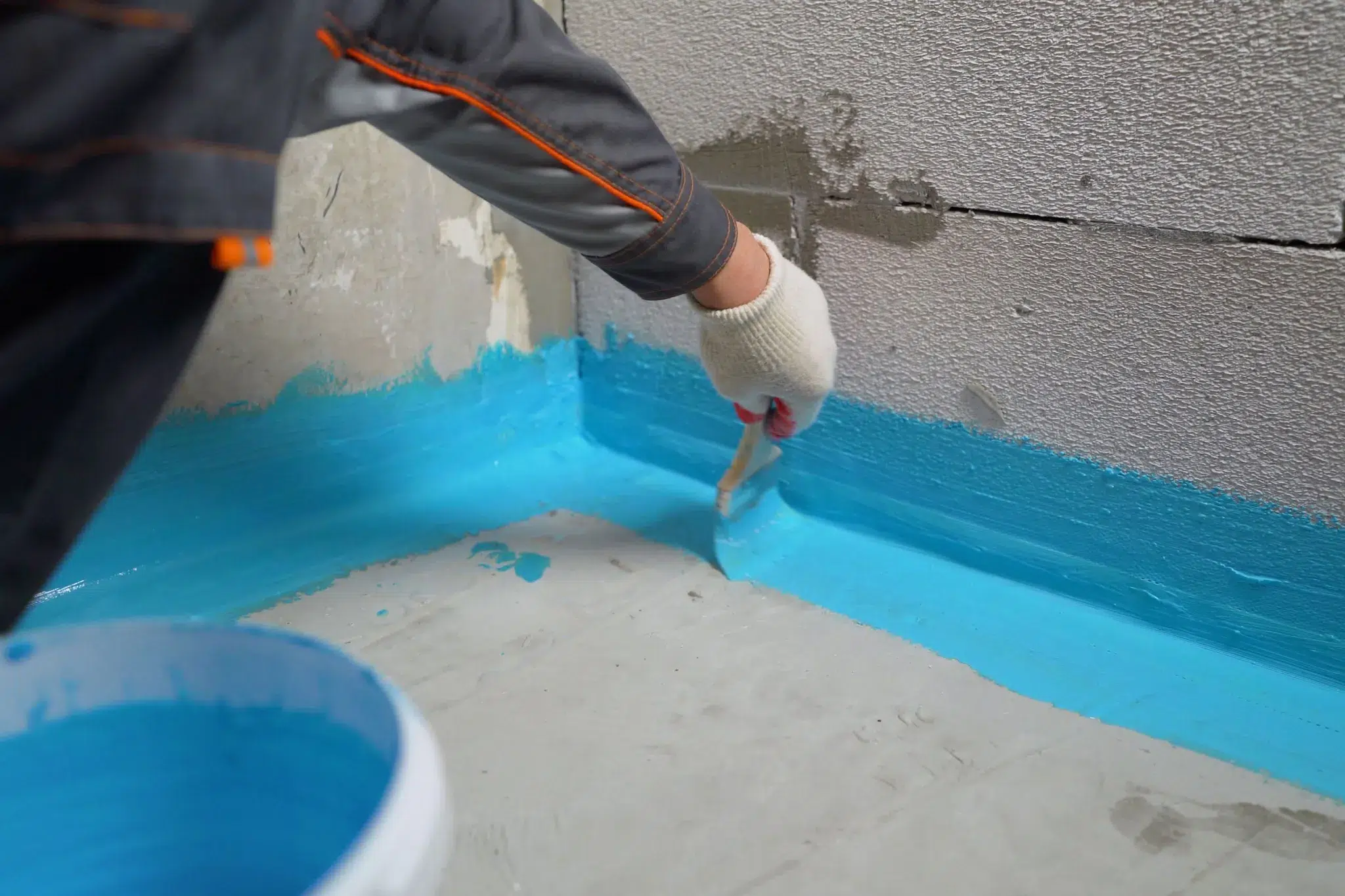
Credit: HouseLogic
Interior basement waterproofing is a method that focuses on managing water after it has entered your basement. It’s often the first line of defense for homeowners dealing with minor water intrusion or moisture problems that don’t yet justify full-scale excavation. While it doesn’t stop water from penetrating the foundation, it controls and redirects it to prevent damage.
Key Interior Waterproofing Methods
• Interior Drainage Systems
Also known as perimeter drains or French drains, these systems are installed along the interior edge of your basement floor. They collect intruding water and direct it to a sump pit. From there, the water is pumped outside using a sump pump. Learn more about these systems in our Basement Drainage and Waterproofing Guide.
• Sump Pumps
These are essential components of interior waterproofing. A sump pump removes water from the sump pit and discharges it away from the home’s foundation. It is especially important in areas with high water tables or poor soil drainage.
• Vapor Barriers
Used primarily in crawl spaces but also effective in basements, vapor barriers are plastic or foil sheets that prevent water vapor from seeping through basement walls or floors. This reduces condensation and moisture buildup.
• Waterproof Basement Paints & Sealants
These coatings, such as masonry waterproofer, are applied to interior walls to block minor water seepage. While they can improve short-term results, they’re not effective against significant leaks or hydrostatic pressure.
• Dehumidifiers
These are not waterproofing solutions in themselves but are excellent tools for maintaining a dry basement environment. They reduce air humidity, helping to prevent the growth of mold and mildew.
Pros of Interior Basement Waterproofing
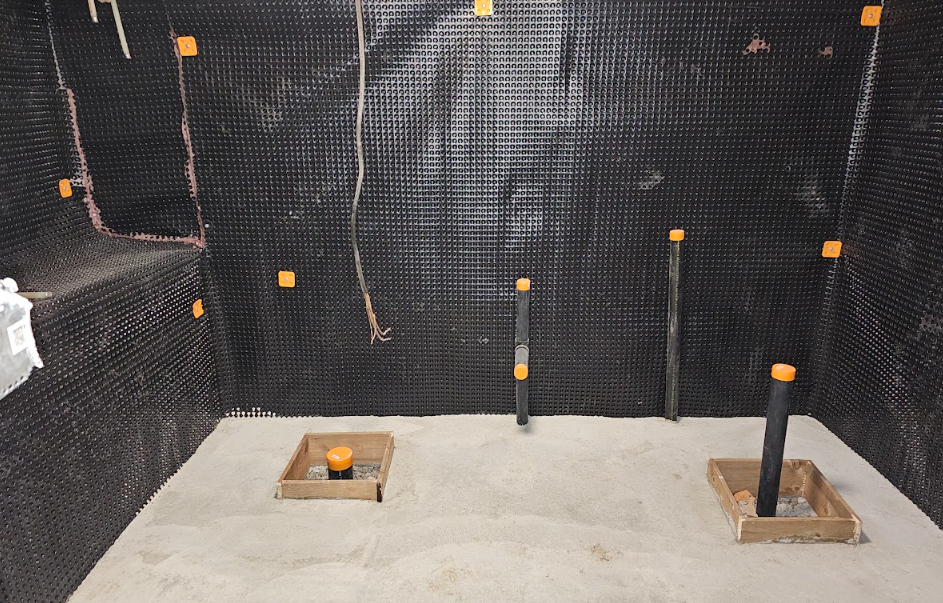
• Lower Initial Cost
Compared to exterior systems, interior waterproofing usually has a significantly lower upfront cost, making it attractive to homeowners on a budget.
• Less Disruption
Installation does not require excavation around your home, preserving your landscaping and driveway.
• Quick Installation
Many interior systems can be installed in just a few days, minimizing inconvenience.
• Ideal for Minor Moisture Issues
If your basement only experiences occasional dampness or puddling, interior methods may be sufficient.
• Adaptable to Finished Basements
Interior systems can be designed to work with finished walls and flooring without complete removal.
Cons of Interior Basement Waterproofing
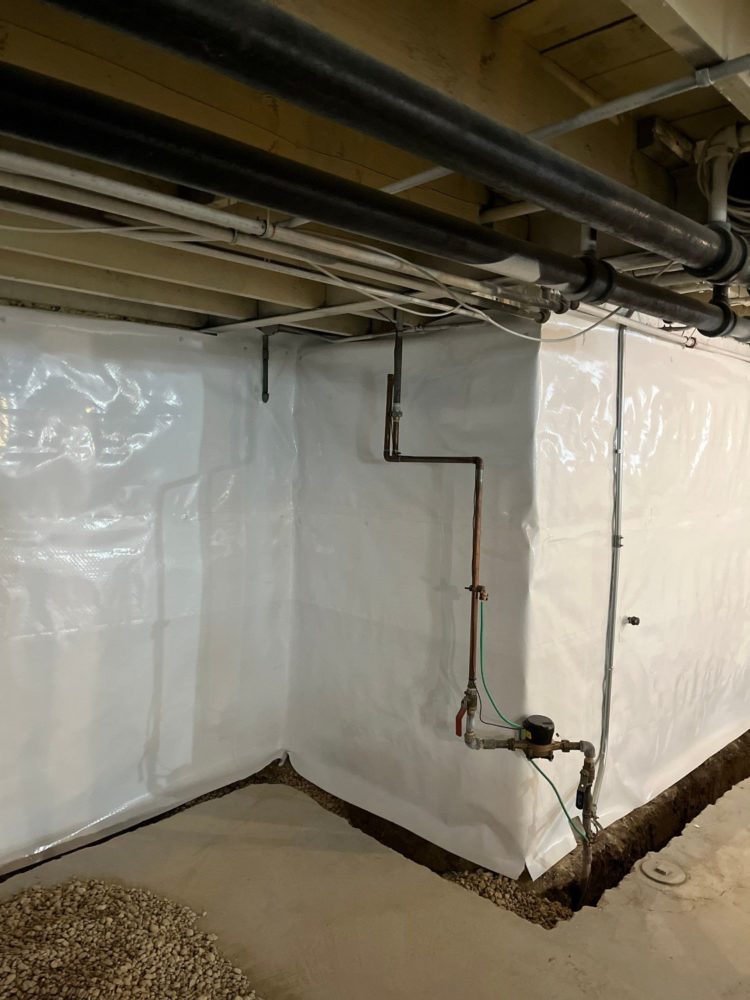
• Does Not Stop Water at the Source
Interior systems do not prevent water from entering the foundation walls. Instead, they manage it after it’s already inside.
• More of a Management System
Rather than providing a complete waterproof seal, interior systems function more as drainage and moisture control solutions.
• Limited Effectiveness for Severe Leaks
If you’re experiencing structural cracks, severe flooding, or water pressure from the outside, interior methods may not be enough.
• Ongoing Maintenance Required
Sump pumps, in particular, require regular testing and maintenance to ensure they work when needed.
For a closer look at one of the most common interior tools, explore our guide on Basement Waterproofing Paint, including its limitations and best-use cases.
What Is Exterior Basement Waterproofing?
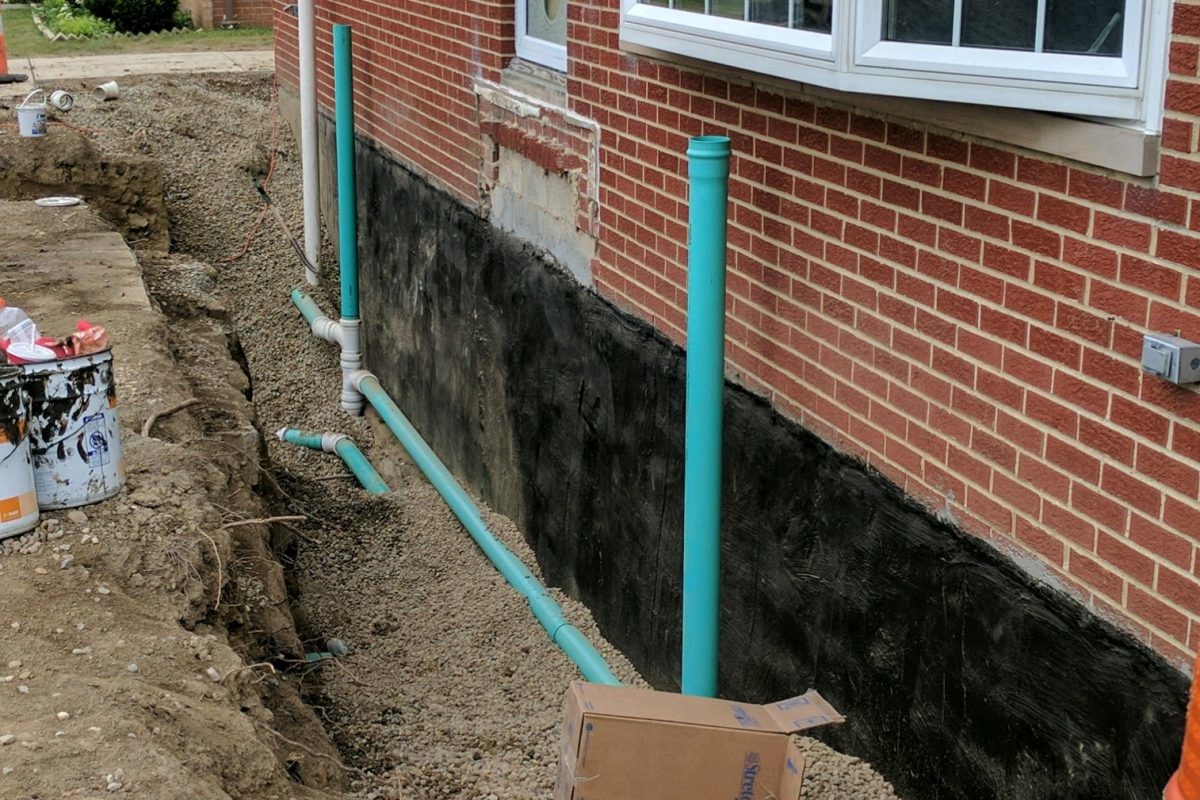
Credit: Accurate Basement Repair
Exterior basement waterproofing is a proactive and highly effective method designed to prevent water from entering your home altogether. Unlike interior systems that manage water after it has infiltrated the basement, exterior methods focus on blocking water at the source—before it ever touches your foundation walls or basement floor.
By creating a watertight envelope around the outside of your home’s foundation, exterior waterproofing significantly reduces the risk of water damage, mold and mildew, and long-term structural issues. This approach is especially beneficial for homes in areas with heavy rainfall, high water tables, or significant hydrostatic pressure.
For homeowners in the DMV area, this long-term investment can provide peace of mind and a higher resale value.
Key Exterior Waterproofing Methods
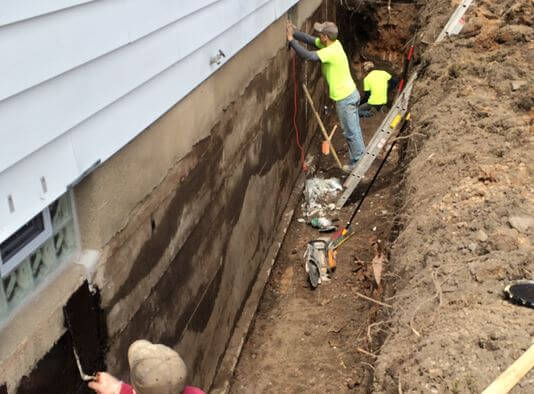
Credit: Foundation Specialist
Exterior waterproofing often involves a combination of techniques to ensure total protection. These methods include:
• Excavation and Membrane Installation
This is the most comprehensive approach. Contractors excavate the soil around your home’s foundation to expose the basement walls. Once exposed, they clean the surface, repair any visible cracks, and apply a waterproof membrane or liquid sealant coating to block water penetration. Some systems include a drainage mat or insulation board for added protection.
• Exterior French Drains
Also known as perimeter drains, these are installed at the footing level around the foundation. These drainage systems intercept and redirect groundwater away from your home, minimizing hydrostatic pressure against the basement walls. Learn more about drainage innovations like the HydroGuard Yard Protection System and AquaFlow Solutions.
• Exterior Sump Pump Systems
While sump pumps are often used indoors, they can also be installed externally in certain cases to collect and redirect water before it enters the home. This is particularly useful in homes located on sloped lots or with high groundwater levels.
• Grading and Gutter System Improvements
One of the simplest and most cost-effective solutions involves ensuring the landscape slopes away from the foundation and that gutters and downspouts extend at least 6–10 feet from the home. This prevents water from pooling around your foundation, reducing the risk of seepage.
• Foundation Coatings and Sealers
Some homes benefit from the application of a secondary layer of protection using cementitious coatings or polymer-modified asphalt emulsions. These products create an impermeable shield that strengthens the barrier against moisture.
Need help with foundation health? Visit our Foundation Repair service page for structural solutions.
Pros of Exterior Basement Waterproofing
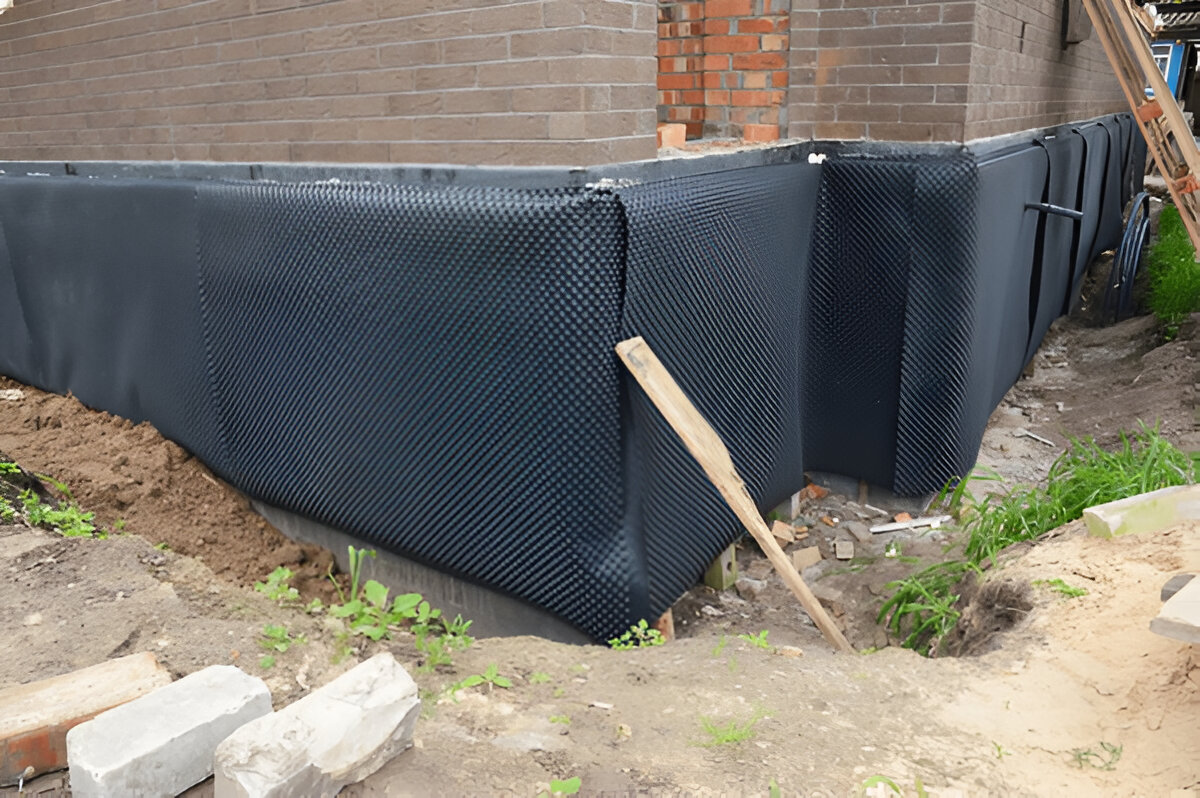
• True Prevention Method
This approach targets the root of the problem by stopping water before it enters the home, rather than simply managing it afterward.
• Long-Term Structural Protection
By minimizing hydrostatic pressure and moisture exposure, you protect your home’s foundation from cracking, settling, and other structural issues over time.
• Reduces Mold and Mildew Risk
Keeping water out completely reduces the conditions that promote mold growth and musty odors, improving indoor air quality.
• Increases Property Value
A dry basement, free from visible water damage or stains, is a major selling point and adds functional living space to your home.
• Less Ongoing Maintenance
Compared to interior systems like sump pumps, exterior solutions require very little maintenance if installed correctly.
Explore the benefits further in our article on Why Waterproofing Foundation Walls Is So Important.
Cons of Exterior Basement Waterproofing
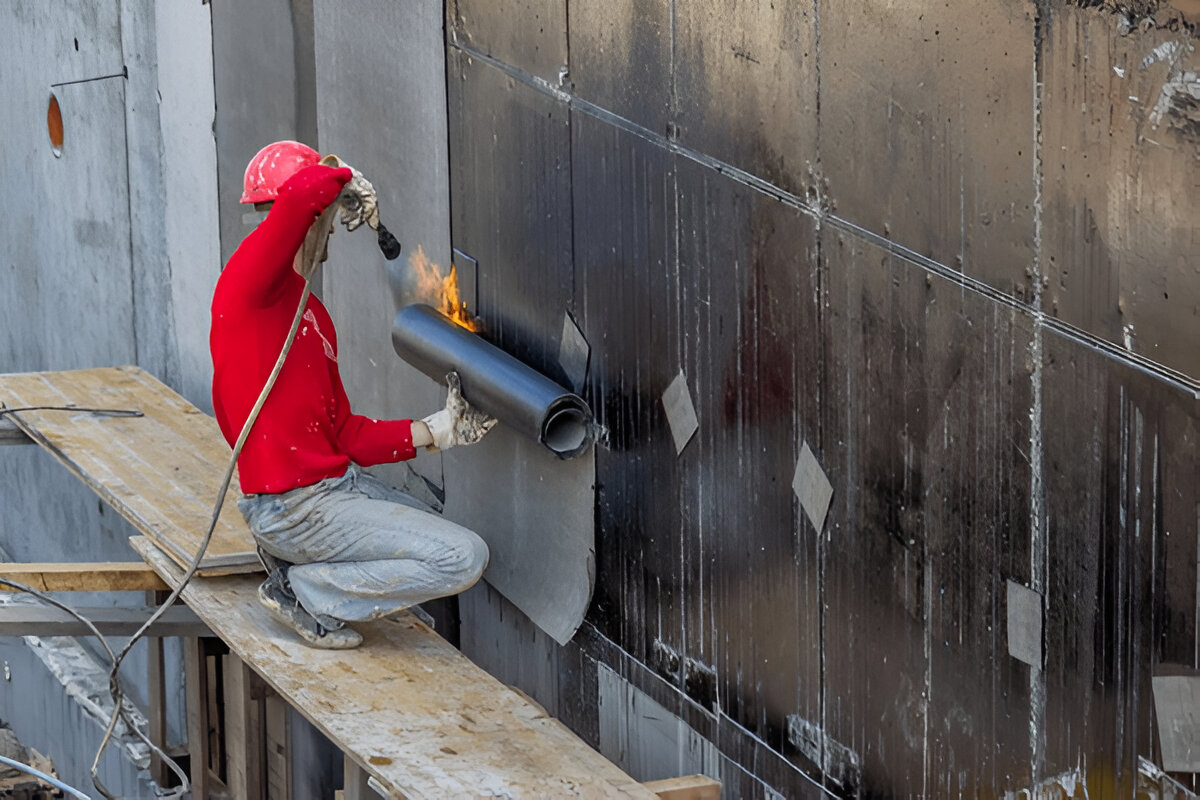
• Higher Initial Basement Waterproofing Cost
Due to excavation and the need for specialized materials and labor, exterior basement waterproofing cost tends to be higher, ranging from $8,000 to over $20,000 depending on the size of your home and severity of the issue.
• Disruption to Landscaping
Digging around the foundation can disturb gardens, patios, driveways, and other landscaping features. It may require temporary removal and post-project restoration.
• Labor-Intensive and Time-Consuming
Installation can take several days to weeks depending on the scope, requiring coordination, heavy equipment, and skilled labor.
That said, the long-term benefits of a dry basement, reduced waterproofing costs over time, and structural protection often outweigh the initial investment.
For a real-world look at this method, check out our article on Exterior Basement Drainage Systems.
Comparing Basement Waterproofing Methods
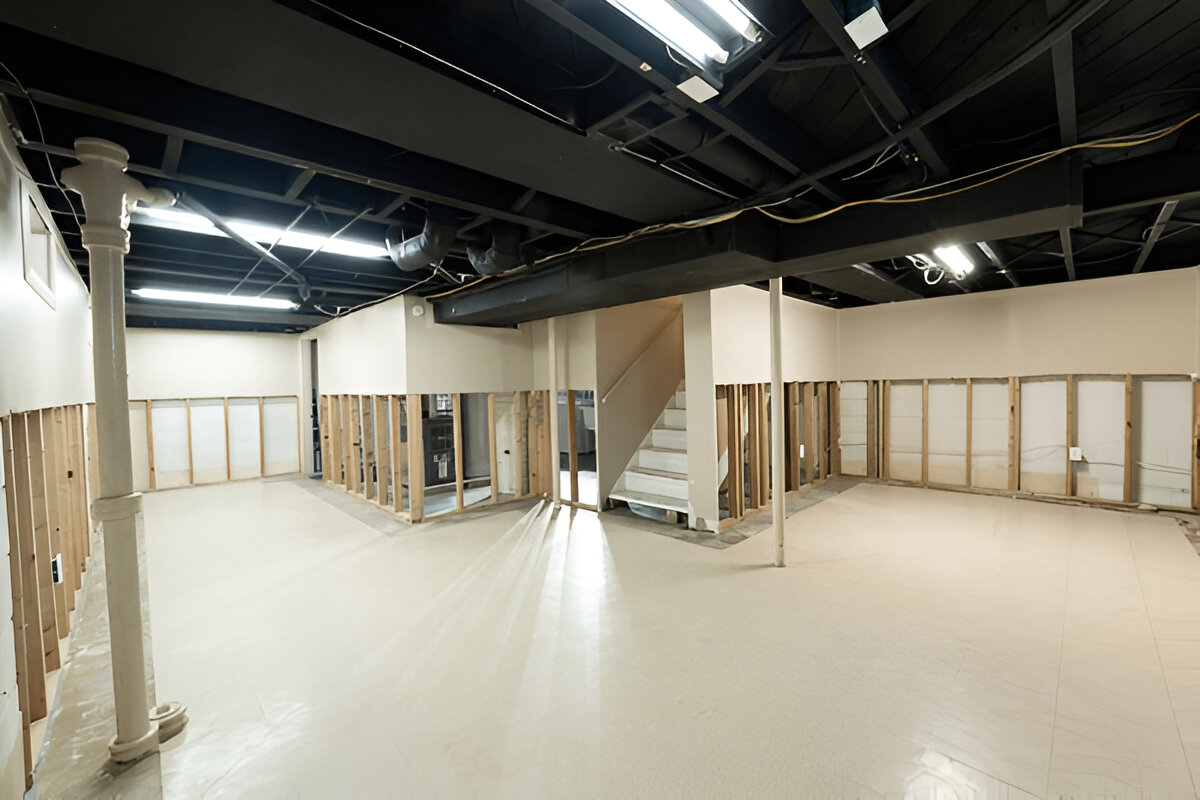
Choosing between interior and exterior waterproofing methods depends on several factors, including the severity of the water problem, your budget, the layout of your property, and your long-term plans. In many cases, a hybrid solution combining both methods yields the best results.
Here’s a side-by-side comparison to help you make an informed decision:
| Feature | Interior Waterproofing | Exterior Waterproofing |
|---|---|---|
| Primary Goal | Redirect water that has entered | Prevent water from entering at all |
| Installation Time | 1–3 days | 5–10 days or longer |
| Disruption Level | Minimal interior disruption | Significant landscaping disruption |
| Effectiveness | Good for minor/moderate issues | Ideal for long-term and severe water prevention |
| Tools/Materials Used | Sump pump, vapor barrier, basement waterproofing paint | Waterproof membranes, French drains, foundation coatings |
| Basement Waterproofing Cost Range | $3,000 – $7,000 | $8,000 – $20,000+ |
| Maintenance Requirements | Requires sump pump checks and occasional paint reapplication | Minimal maintenance if installed properly |
| Best For | Homes with occasional dampness or finished basements | Homes with ongoing leaks, high water table, or older foundations |
Need expert guidance on which method suits your home? Contact the specialists at DMV Waterproofing Services to schedule an inspection or request a quote.
Understanding Basement Waterproofing Costs
Whether you’re dealing with occasional dampness or significant flooding, one of the most common questions homeowners ask is: “How much does basement waterproofing cost?” The answer depends on several factors including the method used (interior vs. exterior), the size and condition of your home, soil type, the severity of the water problem, and local labor rates.
Understanding the cost range for each solution allows you to plan your investment wisely. It also helps you avoid hidden expenses and choose the best long-term strategy for your needs.
Explore more on the Basement Waterproofing Cost page for detailed insights.
Interior Waterproofing Cost Breakdown
Interior basement waterproofing tends to be more affordable upfront and is ideal for managing mild to moderate moisture problems. Here’s what you can expect:
-
- Sump Pump Installation: $500 – $2,500
A reliable sump pump is critical for redirecting water away from your basement. High-quality systems with battery backups fall on the higher end of this range.
- Sump Pump Installation: $500 – $2,500
-
- Interior Drainage System: $2,000 – $7,000
Installing an interior French drain along the perimeter of the basement floor provides efficient water redirection to the sump pump system.
- Interior Drainage System: $2,000 – $7,000
-
- Basement Waterproofing Paint: $30 – $300 (DIY Supplies)
Waterproofing basement paint is a budget-friendly short-term solution. However, it is not suitable for major leaks or high-pressure water infiltration.
- Basement Waterproofing Paint: $30 – $300 (DIY Supplies)
-
- Vapor Barrier in Crawl Spaces: $1,500 – $4,000
Installing a vapor barrier helps control moisture and improve air quality in crawl spaces, especially when paired with a dehumidifier.
- Vapor Barrier in Crawl Spaces: $1,500 – $4,000
Curious about how vapor barriers work in tight spaces? Check out our guide on Crawl Space Repair.
Exterior Waterproofing Cost Breakdown
Exterior basement waterproofing is more labor-intensive but provides long-term protection by blocking water at the source.
-
- Excavation & Membrane Application: $8,000 – $20,000+
This involves digging around the home’s foundation and applying a waterproof membrane. Costs vary depending on home size, soil type, and depth.
- Excavation & Membrane Application: $8,000 – $20,000+
-
- Exterior French Drains: $2,000 – $10,000
Installed along the footing, these drains redirect groundwater before it reaches your basement walls.
- Exterior French Drains: $2,000 – $10,000
-
- Waterproofing Cost per Linear Foot: $100 – $300
Contractors often charge by the linear foot, particularly for excavation and drain installation around the perimeter of your home.
- Waterproofing Cost per Linear Foot: $100 – $300
Exterior waterproofing requires an upfront investment, but it can save homeowners thousands in long-term repairs and water damage. Visit our article on Exterior Basement Waterproofing for more details.
Basement Flooring and Moisture – What You Need to Know
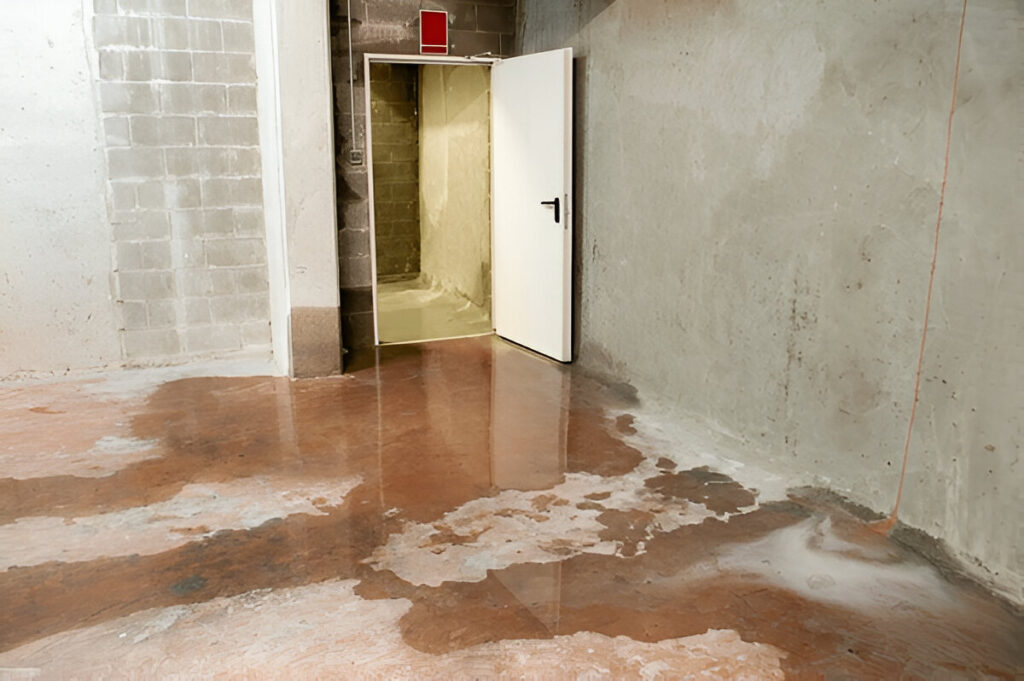
Even after implementing a full basement waterproofing system, choosing the right flooring is essential to prevent future issues. Excessive moisture under or above the floor can lead to warping, bubbling, or mold growth. The best waterproof basement flooring options are:
-
- Vinyl Plank Flooring
Affordable, stylish, and moisture-resistant, making it ideal for finished basements.
- Vinyl Plank Flooring
-
- Epoxy Flooring
Seals the basement floor surface with a durable, waterproof coating. Perfect for utility or laundry rooms.
- Epoxy Flooring
-
- Ceramic Floor Tiles
Naturally water-resistant and easy to clean. Excellent for high-traffic basement areas.
- Ceramic Floor Tiles
-
- Rubber Flooring
A smart choice for home gyms or playrooms due to its slip resistance and water tolerance.
- Rubber Flooring
Explore more flooring ideas in our article on Common Basement Concerns During the Fall Season.
Common Waterproofing Mistakes to Avoid
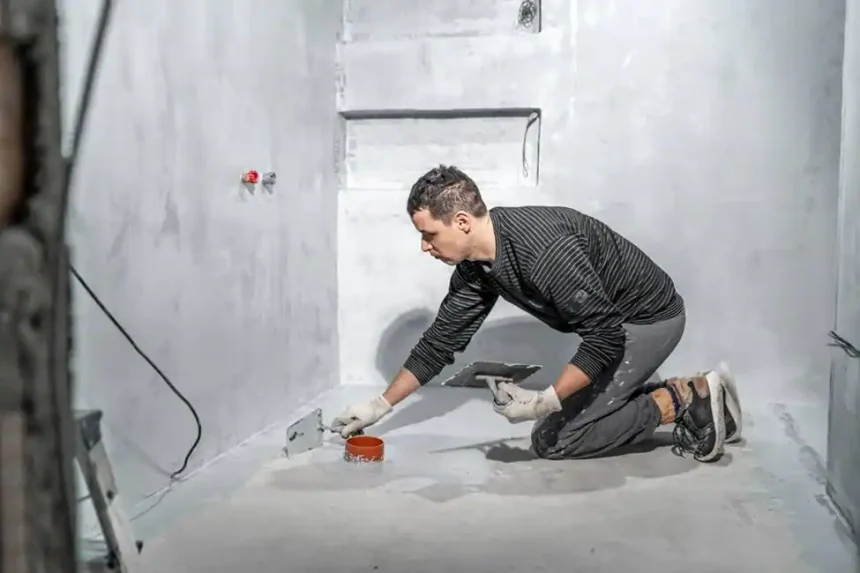
Even the best intentions can go wrong without the right approach. Here are the most frequent mistakes homeowners make when trying to waterproof their basements:
-
- Relying Solely on Basement Waterproofing Paint
While paints and sealants can mask surface moisture, they don’t fix underlying drainage or structural issues.
- Relying Solely on Basement Waterproofing Paint
-
- Ignoring Yard Drainage or Gutter Issues
Poor grading and clogged gutters are major causes of water pooling around the foundation.
- Ignoring Yard Drainage or Gutter Issues
-
- Skipping Foundation Wall Inspections
Cracks and bulging walls are red flags. Delaying inspection can lead to costly repairs down the line.
- Skipping Foundation Wall Inspections
-
- DIY-ing Without Understanding the Problem
Applying products without identifying the root cause may provide only temporary relief.
- DIY-ing Without Understanding the Problem
-
- Delaying Crack Repairs
Foundation cracks should never be ignored. For more insight, read our article on How Long Can You Delay Basement Wall Crack Repair?
- Delaying Crack Repairs
To avoid these pitfalls, read our comprehensive list of Top Basement Waterproofing Mistakes Homeowners Make.
When Should You Call a Professional?
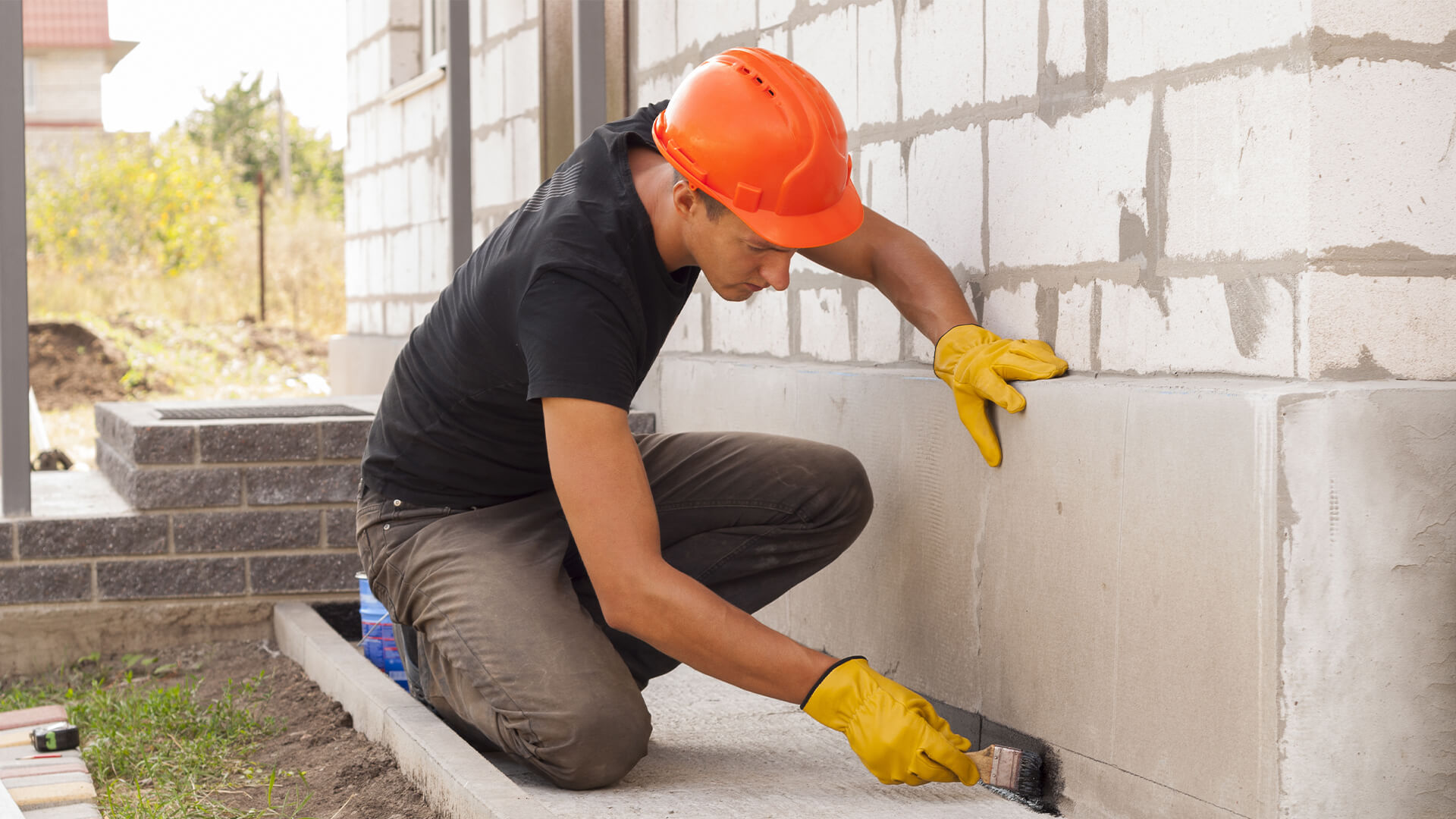
There are certain signs that indicate you need expert help immediately. If you notice any of the following, don’t delay in contacting a qualified basement waterproofing contractor:
-
- Persistent mold or mildew
-
- Repeated water intrusion after rain
-
- Visible cracks in foundation walls
-
- Strong musty odors in the basement
-
- Standing water on the basement floor
Professional intervention ensures the right combination of drainage systems, sealants, and structural repairs. Our team at DMV Waterproofing offers inspections, diagnostics, and tailored waterproofing plans.
Best Practices for Long-Term Basement Waterproofing
To protect your basement for years to come, follow these expert-approved best practices:
• Install and Maintain a Sump Pump System
Make sure the system includes a battery backup and is serviced annually.
• Keep Gutters Clean and Functional
Ensure water is diverted at least six feet from the foundation.
• Regrade Soil Around the Foundation
A downward slope away from your home keeps water from pooling near basement walls.
• Use a Vapor Barrier in Crawl Spaces
This keeps ground moisture from rising into the structure above.
• Inspect Foundation Walls Regularly
Look for cracks, efflorescence (white residue), or signs of seepage.
• Apply Masonry Waterproofer to Exposed Walls
This adds a protective coating that resists moisture and mold.
• Select the Right Drainage System for Your Soil
Clay-heavy soils require more aggressive drainage solutions like French drains or trench systems.
Want to learn more about vapor barriers and their role in long-term waterproofing? Read our article on Understanding the Role of Vapor Barriers.
Basement Waterproofing and Your Home’s Value
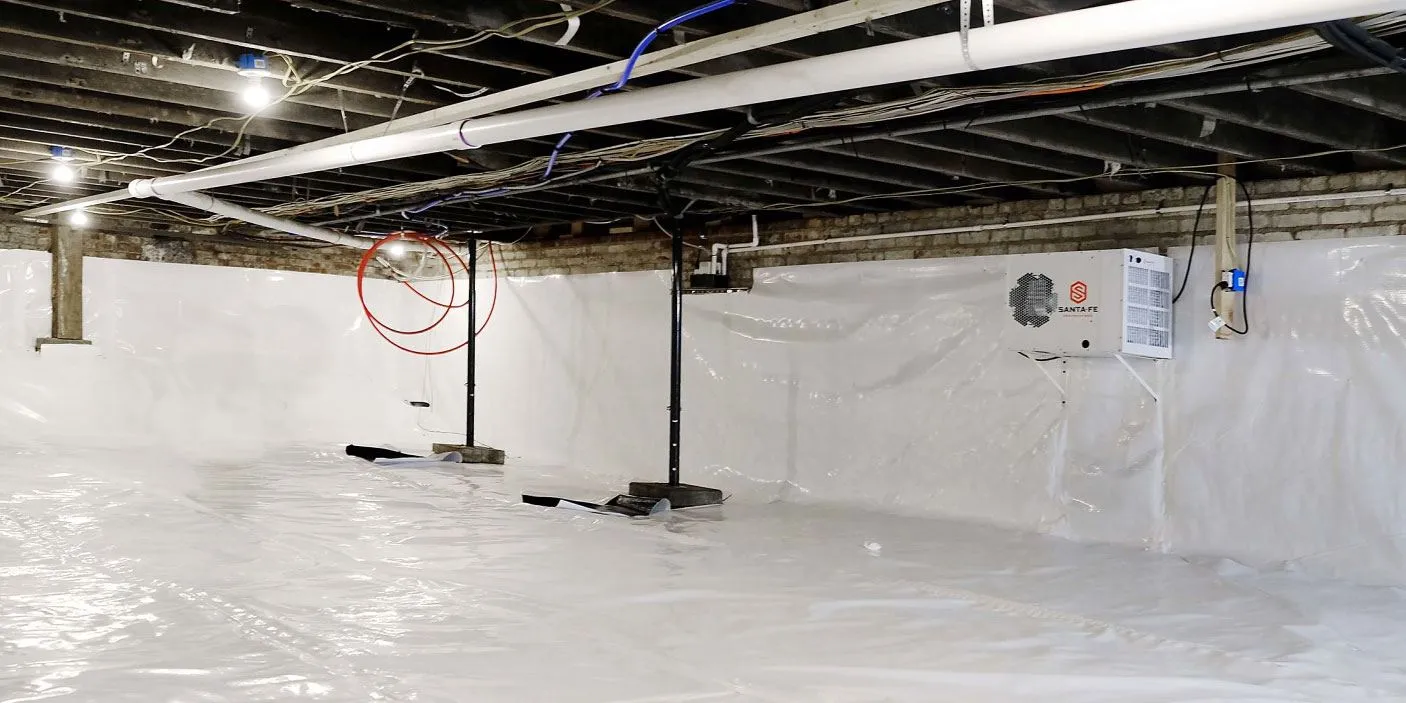
Investing in basement waterproofing is more than just a repair—it’s an upgrade that enhances the safety, livability, and resale potential of your home. Here’s how a dry basement adds value:
-
- Improves Resale Value
Buyers are more likely to pay top dollar for homes without signs of water damage.
- Improves Resale Value
-
- Enhances Energy Efficiency
Water intrusion can damage insulation and force HVAC systems to work harder. Waterproofing helps regulate basement temperature and humidity.
- Enhances Energy Efficiency
-
- Boosts Indoor Air Quality
Preventing mold and mildew growth leads to healthier indoor air, especially for those with allergies.
- Boosts Indoor Air Quality
-
- Expands Usable Space
A waterproof basement is perfect for a home office, gym, or guest suite.
- Expands Usable Space
Don’t just take our word for it—read what other homeowners say on our Happy Customers page.
Source Links
-
- Everything You Need to Know About Waterproofing Basement Walls
https://www.drylok.com/learn/blog/everything-you-need-to-know-about-waterproofing-basement-walls
- Everything You Need to Know About Waterproofing Basement Walls
-
- How to Waterproof a Basement – This Old House
https://www.thisoldhouse.com/foundations/reviews/how-to-waterproof-a-basement
- How to Waterproof a Basement – This Old House
-
- The Pro Guide to Basement Waterproofing – Home Depot
https://www.homedepot.com/c/ah/the-pro-guide-to-basement-waterproofing/9ba683603be9fa5395fab90126615c9b
- The Pro Guide to Basement Waterproofing – Home Depot
-
- Tips for Waterproofing Basement Walls – Bob Vila
https://www.bobvila.com/articles/tips-for-waterproofing-basement-walls/
- Tips for Waterproofing Basement Walls – Bob Vila
-
- How to Waterproof Basement Walls – Erie Home
https://eriehome.com/blog/how-to-waterproof-basement-walls/
- How to Waterproof Basement Walls – Erie Home
-
- Basement Waterproofing Cost – This Old House
https://www.thisoldhouse.com/home-finances/reviews/basement-waterproofing-cost
- Basement Waterproofing Cost – This Old House
-
- Basement Waterproofing Paint – Drylok Extreme Masonry Waterproofer
https://www.drylok.com/products/drylok-extreme-masonry-waterproofer
- Basement Waterproofing Paint – Drylok Extreme Masonry Waterproofer
-
- Basement Waterproofing Products – Rubberizeit
https://rubberizeit.com/pages/basement-waterproofing
- Basement Waterproofing Products – Rubberizeit
-
- Best Waterproof Basement Flooring Options – Greatmats
https://www.greatmats.com/waterproof-basement-flooring.php
- Best Waterproof Basement Flooring Options – Greatmats
-
- Top Waterproof Basement Flooring Options in 2024 – The Panel Hub
https://thepanelhub.com/blogs/news/top-waterproof-basement-flooring-options-in-2024
- Top Waterproof Basement Flooring Options in 2024 – The Panel Hub
-
- Waterproofing the Outside and Inside of Concrete Foundations – Reddit
https://www.reddit.com/r/buildingscience/comments/1eij6py/waterproofing_the_outside_and_inside_of_concrete/
- Waterproofing the Outside and Inside of Concrete Foundations – Reddit
-
- Best Way to Waterproof Basement – Polyguard
https://polyguard.com/blog/best-way-to-waterproof-basement
- Best Way to Waterproof Basement – Polyguard
-
- Waterproofing Basement Walls from the Outside – This Old House
https://www.thisoldhouse.com/foundations/reviews/how-to-waterproof-a-basement-from-the-outside
- Waterproofing Basement Walls from the Outside – This Old House
-
- Cost and Benefits of Waterproofing Basement – Everdry NY
https://www.everdryny.com/blog/cost-and-benefits-of-waterproofing-basement
- Cost and Benefits of Waterproofing Basement – Everdry NY
-
- Basement Waterproofing Cost per Linear Foot – Homewyse
https://www.homewyse.com/services/cost_to_waterproof_basement.html
- Basement Waterproofing Cost per Linear Foot – Homewyse

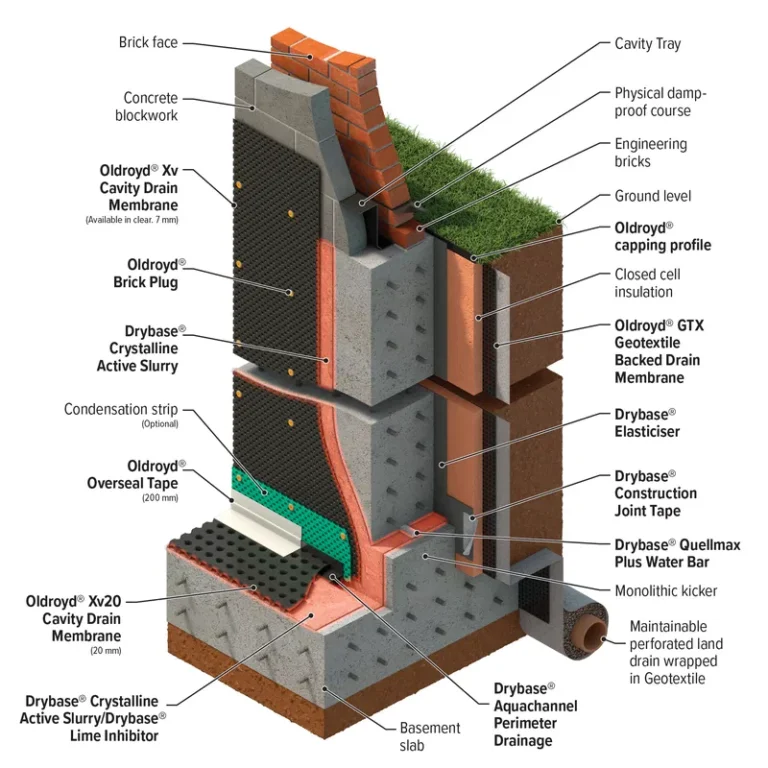
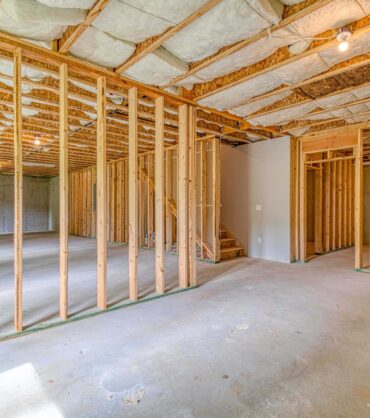
![[GetPaidStock.com]-680786795b816 [GetPaidStock.com]-680786795b816](https://dmvwp.com/wp-content/uploads/2025/04/GetPaidStock.com-680786795b816-370x418.jpg)
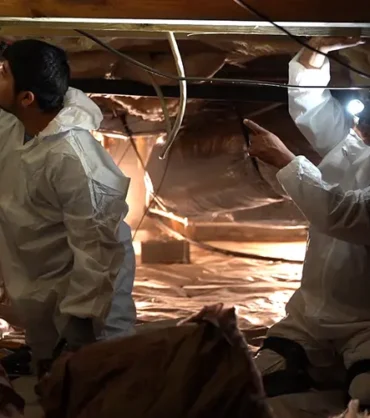
![[GetPaidStock.com]-682c400c87c15 [GetPaidStock.com]-682c400c87c15](https://dmvwp.com/wp-content/uploads/2025/04/GetPaidStock.com-682c400c87c15-370x418.jpg)
![[GetPaidStock.com]-682c413fa898e [GetPaidStock.com]-682c413fa898e](https://dmvwp.com/wp-content/uploads/2025/03/GetPaidStock.com-682c413fa898e-370x418.jpg)
